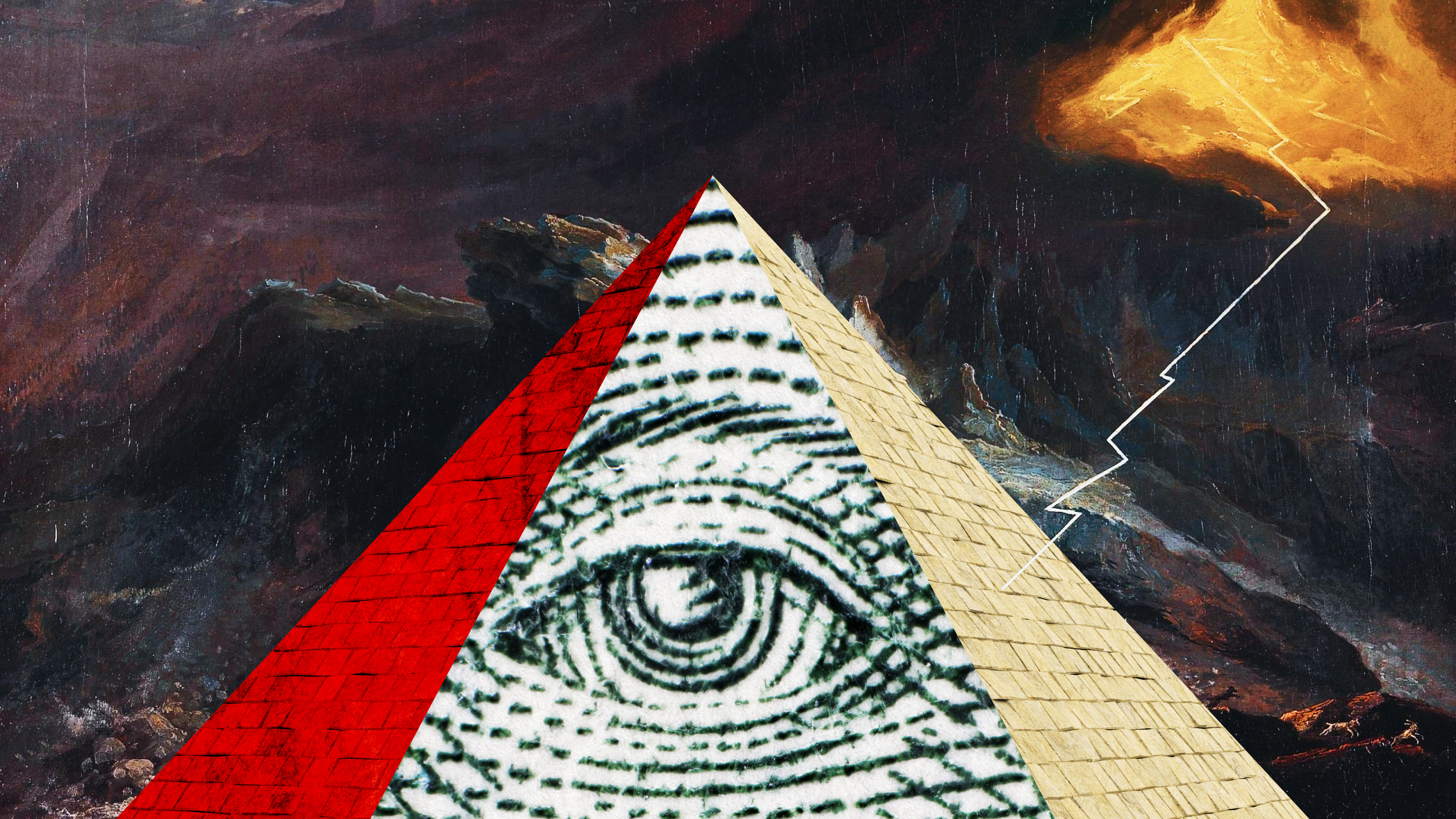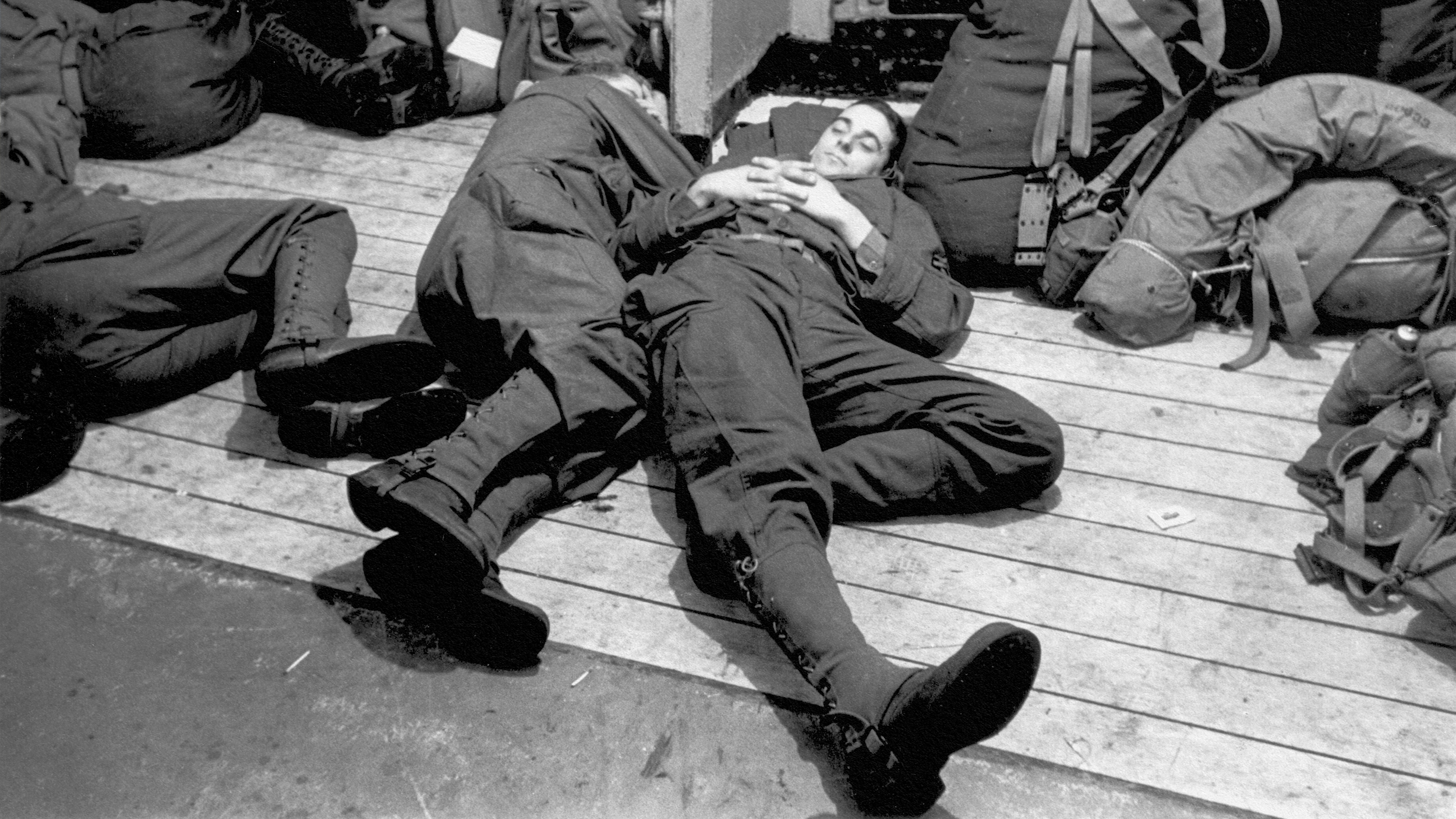Design and branding are inherently a part of human nature. They serve as a way of signaling to others, non-verbally, who we are, what we believe in, and what is important to us.
There was a time when consumers were exclusively interested in a company’s products — upgrades, different flavors, different colors.
But today, consumers want to know if the companies that they are buying from are worthy of their money. Do the companies practice good ethics? Do they have certain values? That’s something that we have really never seen before.
DEBBIE MILLMAN: Design and branding are part of every single thing that we do as humans. It's a way of signaling to others non-verbally who we are, what we believe in, what is important to us. There was a time when a different form, a different flavor, a different bottle shape, those things really did excite "consumers"- people. But people have so much more power than they've ever had before. They want to understand and know that the things that they're buying are coming from companies they feel are worthy of contributing to. And that's something that we have really never seen before. And that has created a real democratization of design and branding.
Hi, I'm Debbie Millman and I am a brand designer. I am an educator, and I am the chair of the master's and branding program here at the School of Visual Arts in New York city. My most recent book is called "Why Design Matters," which is based on my long-running podcast Design Matters with Debbie Millman.
Design and branding are some of our earliest behaviors as humans. As far back as 10,000 years ago, we started to construct symbols to communicate our beliefs. And we began to do this all over the planet. I consider those early constructions very bottom-up. We created these symbols for each other, by each other, for free. It's really only in the last 250 or so years that the model of bottom-up branding was tipped and turned when the corporation began to appropriate that behavior to create widespread recognition for branded products. Whether it's a religion, political platform, sugar-free beverage, all of these constructions use branding in exactly the same way to create more recognizable consensus. But it's really only in the last 10 years that we have begun to see that top-down model begin to flip back to bottom-up again. And that is really the thing that excites me almost more than anything today. Branding is no longer just a tool of capitalism. Branding has become a profound manifestation of the human spirit.
People aren't as interested in different anymore. They're looking much more critically to see what organizations stand for. A really good example of an organization that is taking some risks with communicating what they believe is what Nike has done with Colin Kaepernick. When Nike first introduced the idea that they were supporting Colin Kaepernick, quite a lot of people were up in arms. But that initial wave of displeasure was fleeting, and what we saw long term was a majority of people were actually very supportive of Nike communicating their beliefs through the behavior of the brand. And then we also began designing our movements in this bottom-up way. And one of the most powerful, and one of the most successful has been Black Lives Matter. It has all the tenants of branding. It has a name. It has a hashtag. It has a website. It has a logo. It has passionate, passionate belief. But it's much more than a brand. What this movement has done is question, challenge, and provoke behavior of change.
We've also seen that happen with the pink Pussyhat. We've seen that happen with Me Too. Certain embedded behavior is no longer being tolerated, and we've seen behavior transformed. We really do have the power to change the future of this planet, just with the sheer decisions that we're making about what we buy and what we choose to contribute to. The markers of success or failure in branding are really evident. It's in how many people believe you. Anybody that is thinking about creating a brand, the first question has to be: Why do we need this thing, idea, belief, product? Why? The second question has to be: People are going to be giving you money for this product or people are going to be giving you a piece of their soul if it is a movement. What is the benefit for humanity? And if you have sound, strategic answers to both of those questions, then you have something that you can begin to build on, to create something that has meaning both for the planet and for humanity.
NARRATOR: Get smarter, faster with videos from the world's biggest thinkers. To learn even more from the world's biggest thinkers get Big Think + for your business.






